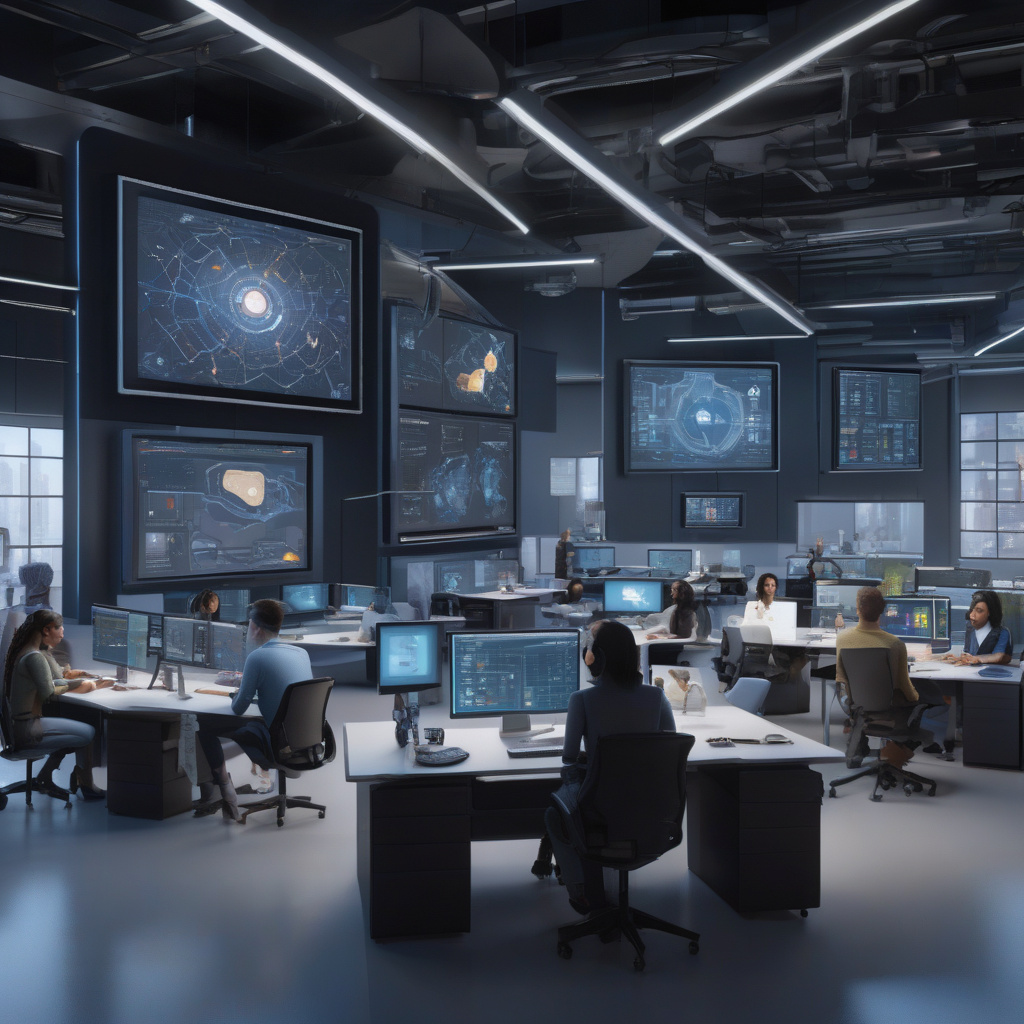In the fast-paced realm of software development, traditional testing approaches have primarily focused on catching issues before the software hits the market—a practice known as shift-left testing. However, the accelerated speed of development facilitated by DevOps and CI/CD pipelines has unveiled a critical gap. Many issues that surface in real-world conditions, distinct from controlled pre-production environments, often remain undetected.
Enter shift-right testing, a strategic pivot that addresses this very challenge. By enhancing testing strategies to include real-time production-like environments, organizations can fortify their quality assurance efforts. This shift emphasizes the significance of testing software in conditions that mirror live deployment scenarios, offering a more comprehensive evaluation of its performance and resilience.
To bolster these efforts further, the integration of AI-driven observability emerges as a game-changer. AI technologies empower teams to gain deeper insights into how software functions in real-world settings. By leveraging AI-driven observability, QA automation engineers can proactively identify potential issues, predict system behavior, and optimize performance—all in real time.
Imagine a scenario where an e-commerce platform experiences a sudden surge in traffic during a holiday sale. Shift-right testing coupled with AI-driven observability allows the team to anticipate and address potential bottlenecks before they impact user experience. By monitoring key metrics in real time and analyzing patterns with AI algorithms, teams can swiftly adapt to changing conditions and ensure seamless operation under varying loads.
Moreover, AI-powered observability enables teams to delve into complex system interactions, uncover hidden dependencies, and detect anomalies that traditional testing may overlook. This granular level of insight not only enhances the overall quality of the software but also elevates the team’s ability to respond proactively to emerging challenges.
In essence, the marriage of shift-right testing principles with AI-driven observability equips organizations with a proactive quality assurance approach. This dynamic duo enables teams to detect, diagnose, and resolve issues swiftly, fostering a culture of continuous improvement and innovation.
As the digital landscape continues to evolve, embracing smart automation through AI and observability is no longer a luxury but a necessity. Organizations that invest in these cutting-edge practices position themselves not only to deliver superior software products but also to adapt swiftly to the ever-changing demands of the market.
In conclusion, the convergence of shift-right testing, powered by AI-driven observability, marks a significant milestone in the evolution of quality assurance practices. By harnessing the collective power of automation, real-time testing, and AI insights, organizations can elevate their software testing capabilities to unprecedented levels. Embracing this paradigm shift is not just about staying ahead—it’s about redefining what’s possible in the realm of software quality and reliability.

